A crossbite is when the front or back teeth, or both, are misaligned. In a correct bite, the upper teeth usually sit just outside the bottom teeth when biting down.
When the top and bottom teeth don't meet the way they should, it's called malocclusion. A crossbite is a type of malocclusion and is often present in childhood.
There are two types of crossbites. In both, single teeth can be affected or groups of teeth. A posterior crossbite is when the back teeth at the top sit inside the bottom teeth. Anterior is when the front teeth at the top sit inside the bottom teeth.
What Causes a Crossbite?
The development of a crossbite is often hereditary and is the result of a narrower upper jaw or a fuller lower jaw. If a parent has a crossbite due to jaw size, it's not unusual for a child to develop a crossbite. Unlike an underbite, a crossbite isn't due to the lower jaw jutting forward.
Other factors, especially childhood behaviours, can come in to play and cause a crossbite to develop even when the jaw size is standard at birth.
A delayed loss of baby teeth can cause misalignment of the teeth. Baby teeth usually fall out just before the adult tooth underneath is ready to erupt.
However, if baby teeth don't fall out when they should, permanent teeth can grow in at an abnormal position as they try to push past the baby teeth. When this happens, the baby teeth can be extracted, but the permanent teeth may need orthodontic treatment to realign them.
There are other factors to consider that can lead to a crossbite. Aggressive thumb-sucking and prolonged use of pacifiers or bottles can put pressure on the teeth and pull them out of their normal position. Long-term mouth breathing, especially while sleeping at night, can also contribute to a malocclusion.
Treatment Options
The best and easiest time to treat a crossbite is during childhood and adolescence. During this time, the bones in the jaw are still a bit more malleable while they're still developing. If you catch a crossbite early enough, you can widen the upper jaw before permanent teeth come in.
Devices such as palatal and maxillary expanders can gradually widen the jaw over time and can be very useful in treating a crossbite before it gets worse.
The jaw and teeth have fully developed by adulthood, but adults still can, and should, seek treatment as well. Treatment options can be more limited for adults, but it's still possible.
Braces can be useful for most mild cases of a crossbite. Braces have come a long way, and there are different options based on the severity of your situation and your preferences.
If braces alone aren't enough, there are options for palate expansion for adults as well. Removable expanders work very well for mild cases. For more severe cases, options include rapid palatal expanders and surgically assisted palatal expansion.
If not corrected, a crossbite can cause problems such as gum disease, tooth decay, severe headaches, jaw muscle strain, and an asymmetrical face. So, it's best to seek treatment as soon as possible.
Sources and References
- [1]
-
[2]
Influence of the Physiological Pacifier on the Development of Malocclusions in Children: A Scoping ReviewChildren (Basel)https://pmc.ncbi.nlm.nih.gov/articles/PMC11592739/
-
[3]
Posterior crossbite - treatment and stabilityDental Press Journal of Orthodonticshttps://pmc.ncbi.nlm.nih.gov/articles/PMC3894776/
-
[4]
Genetics of the dentofacial variation in human malocclusionOrthodontics & Craniofacial Researchhttps://pmc.ncbi.nlm.nih.gov/articles/PMC4418210/
All sources accessed and verified on . Medical information reviewed for accuracy and compliance with current guidelines.
Related Articles
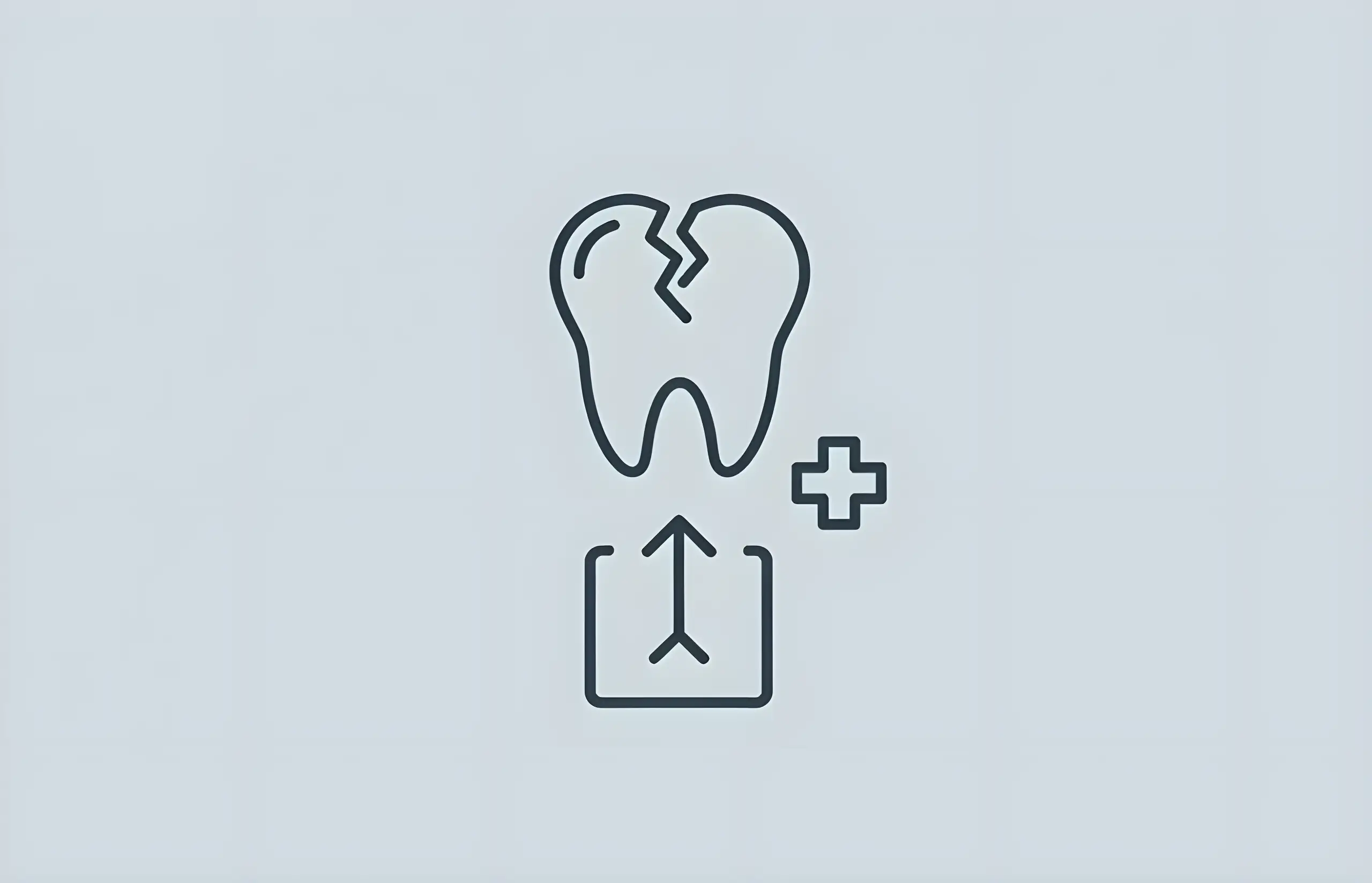
What To Do If You Have A Broken Molar
Understanding why molars break, recognizing symptoms from chips to severe fractures, and knowing when to seek urgent dental treatment
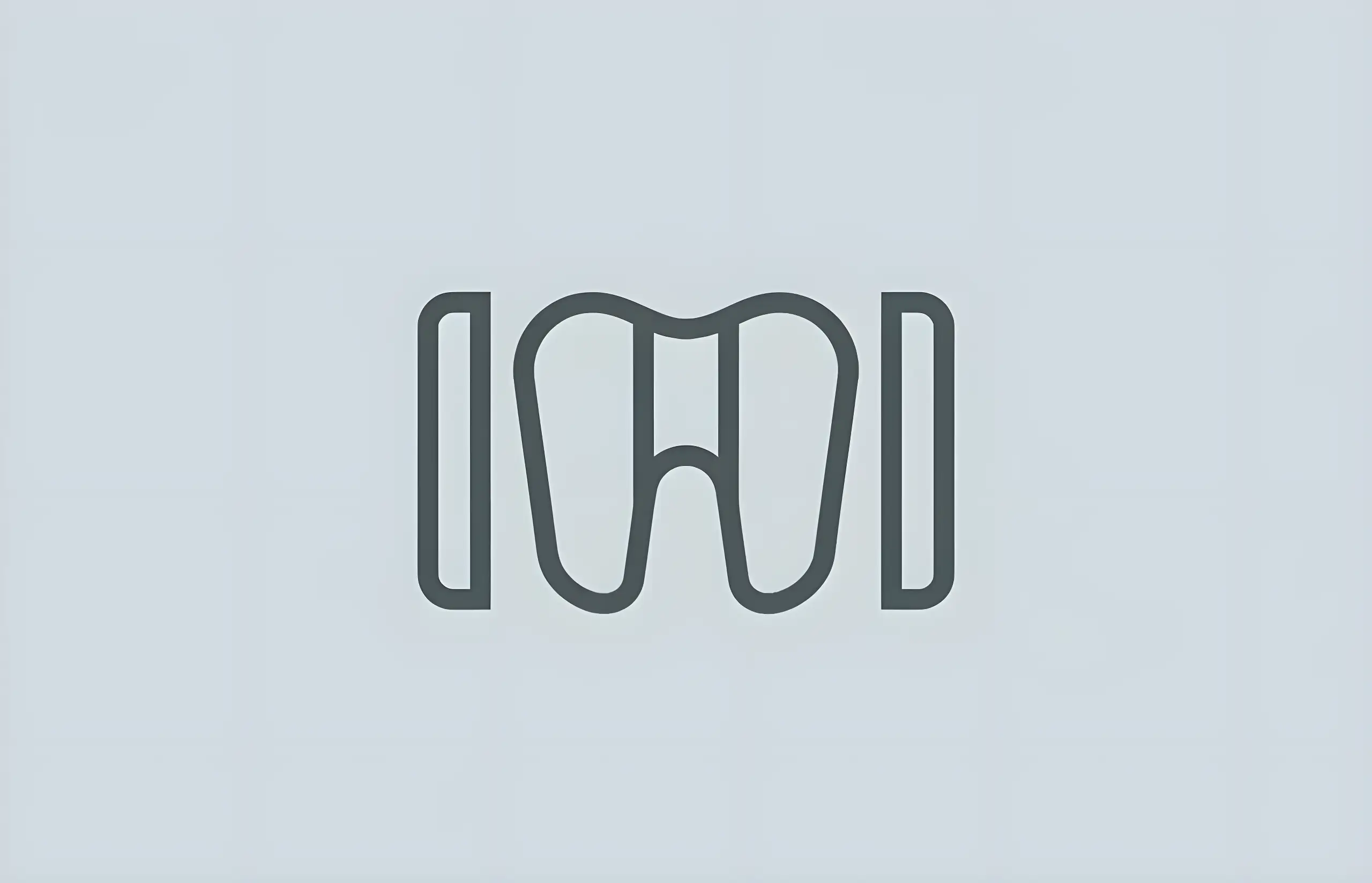
Diastema: How To Fix Gaps In Teeth
Comprehensive guide to diastema causes, types (midline and mandibular), prevalence in children (41.75%), treatment options including braces, veneers, composite bonding, frenectomy, and clinical outcomes
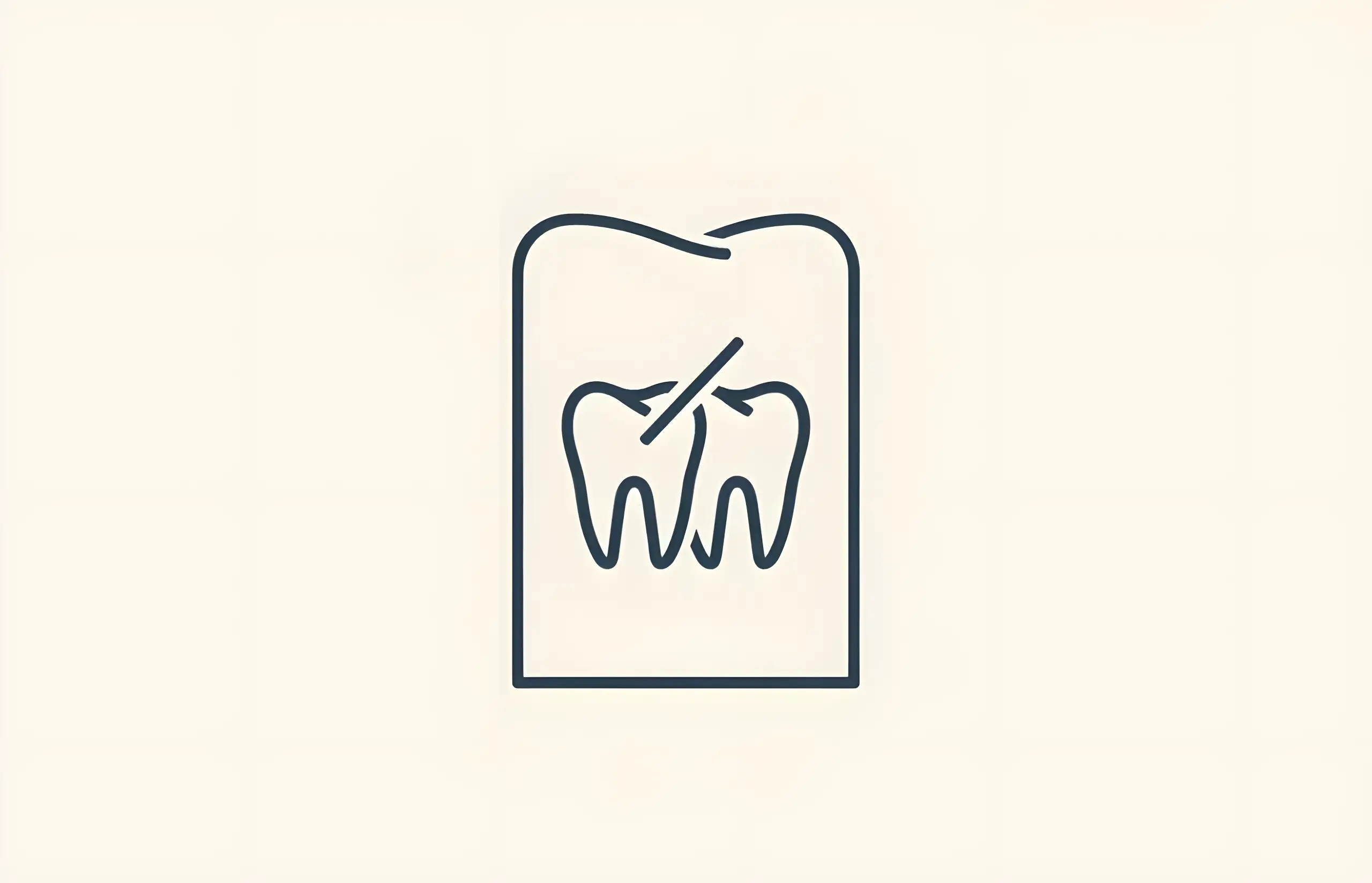
How to Fix a Crooked Tooth
Comprehensive guide to fixing a single crooked tooth, including treatment options, costs, and reasons to seek correction
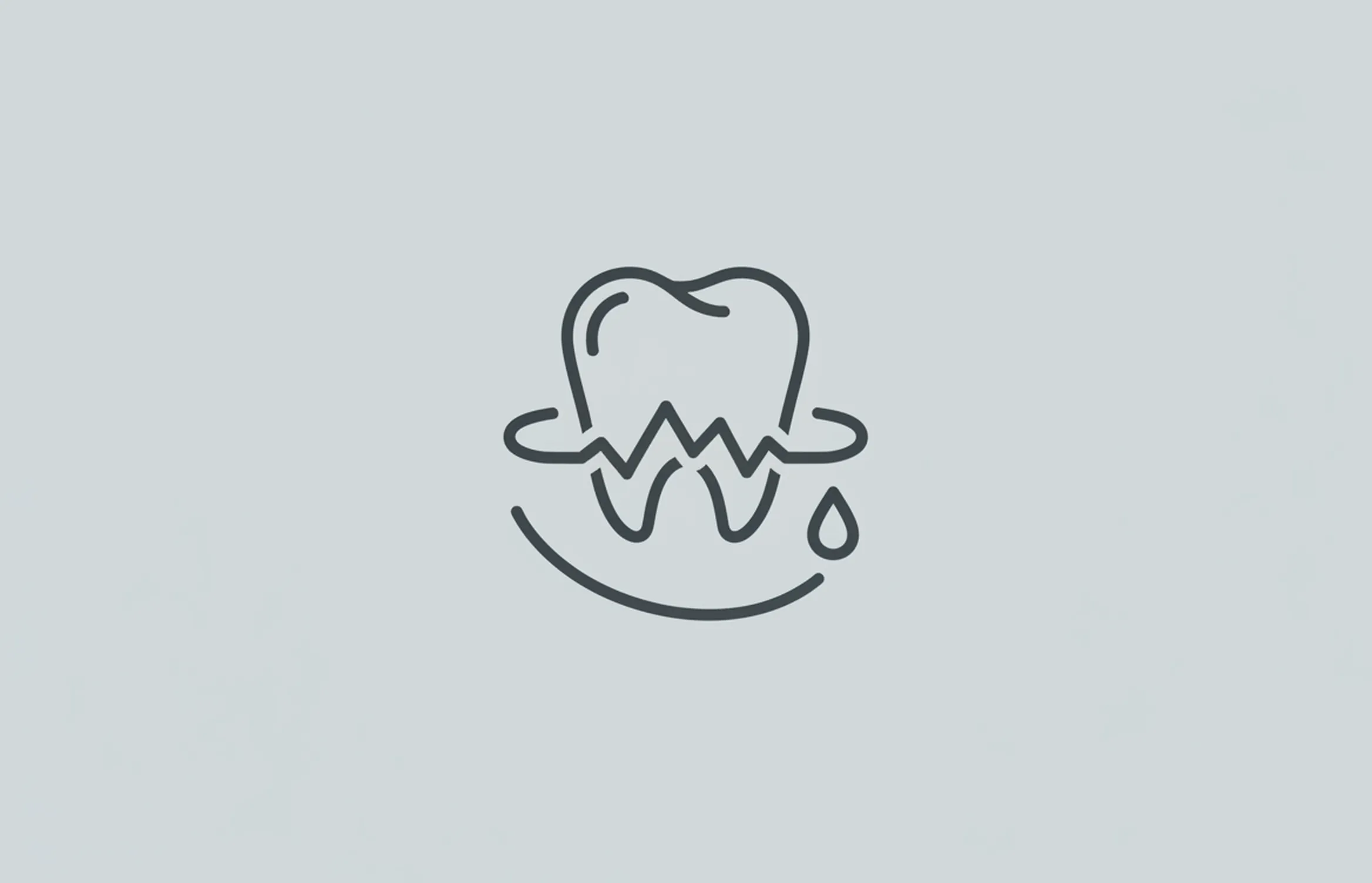
How To Treat Gingivitis
Learn effective treatments for gingivitis including home care strategies, proper oral hygiene techniques, and prevention methods to restore gum health
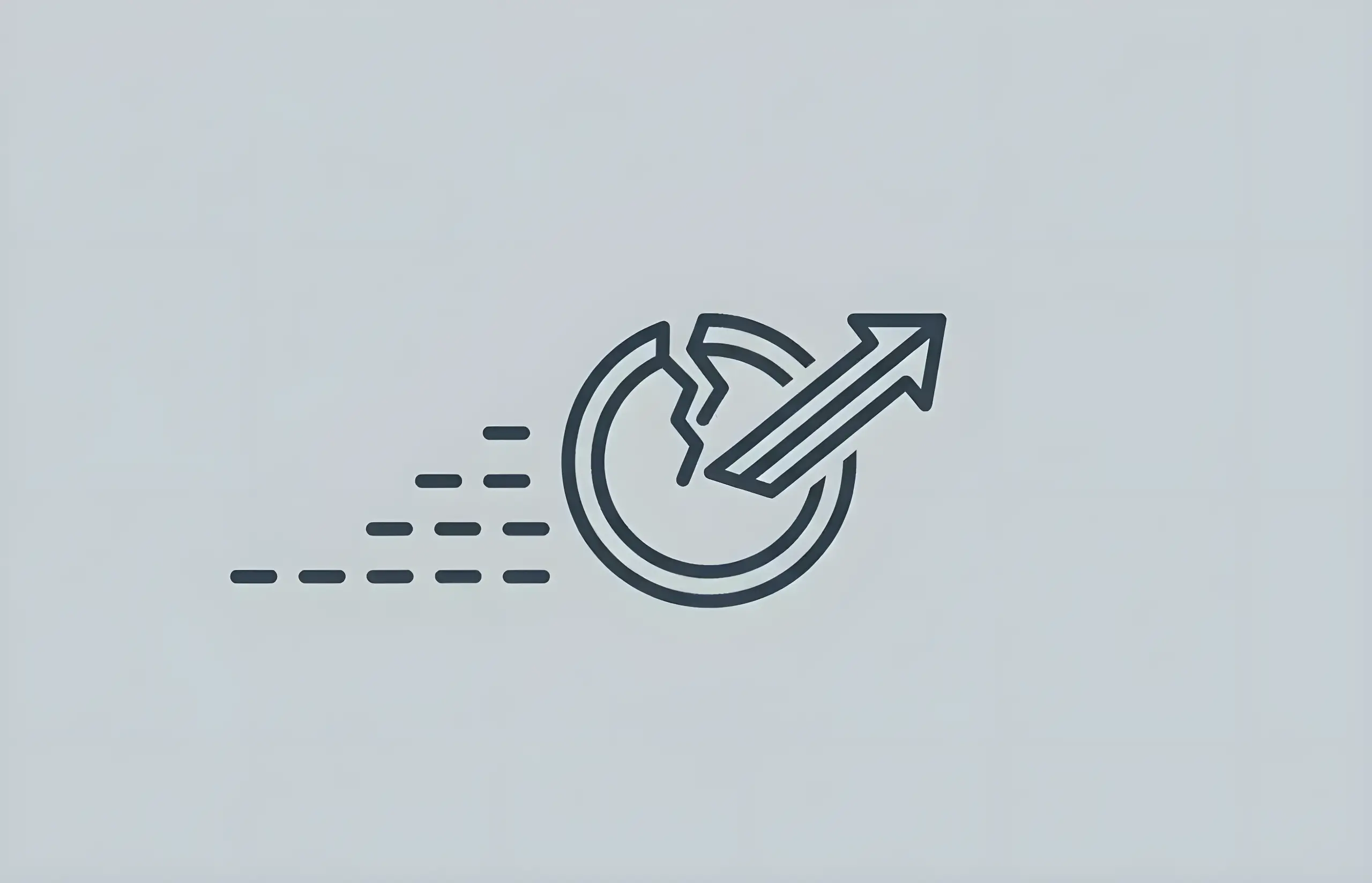
What is the Cost to Repair Chipped, Cracked, or Broken Teeth?
Comprehensive guide to tooth damage repair costs in the UK: NHS Band 1 (£22.70) for minor chips, Band 2 (£62.10) for fillings/root canals, Band 3 (£269.30) for crowns/veneers, with treatment success rates and prevention strategies
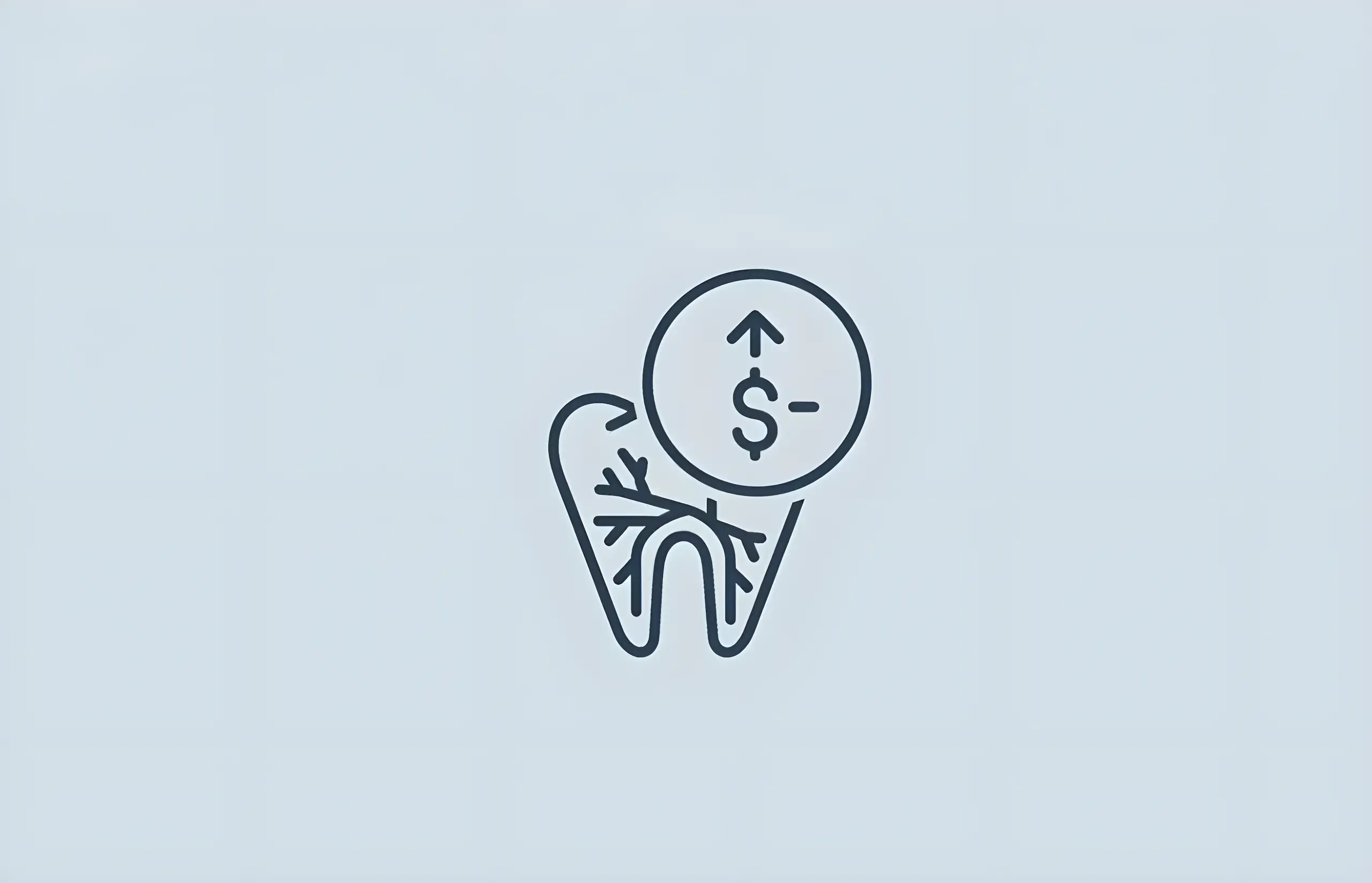
Root Canal Treatment – Costs and Information
Comprehensive guide to root canal treatment including what it is, the procedure, costs in the UK (NHS and private), and who needs endodontic therapy
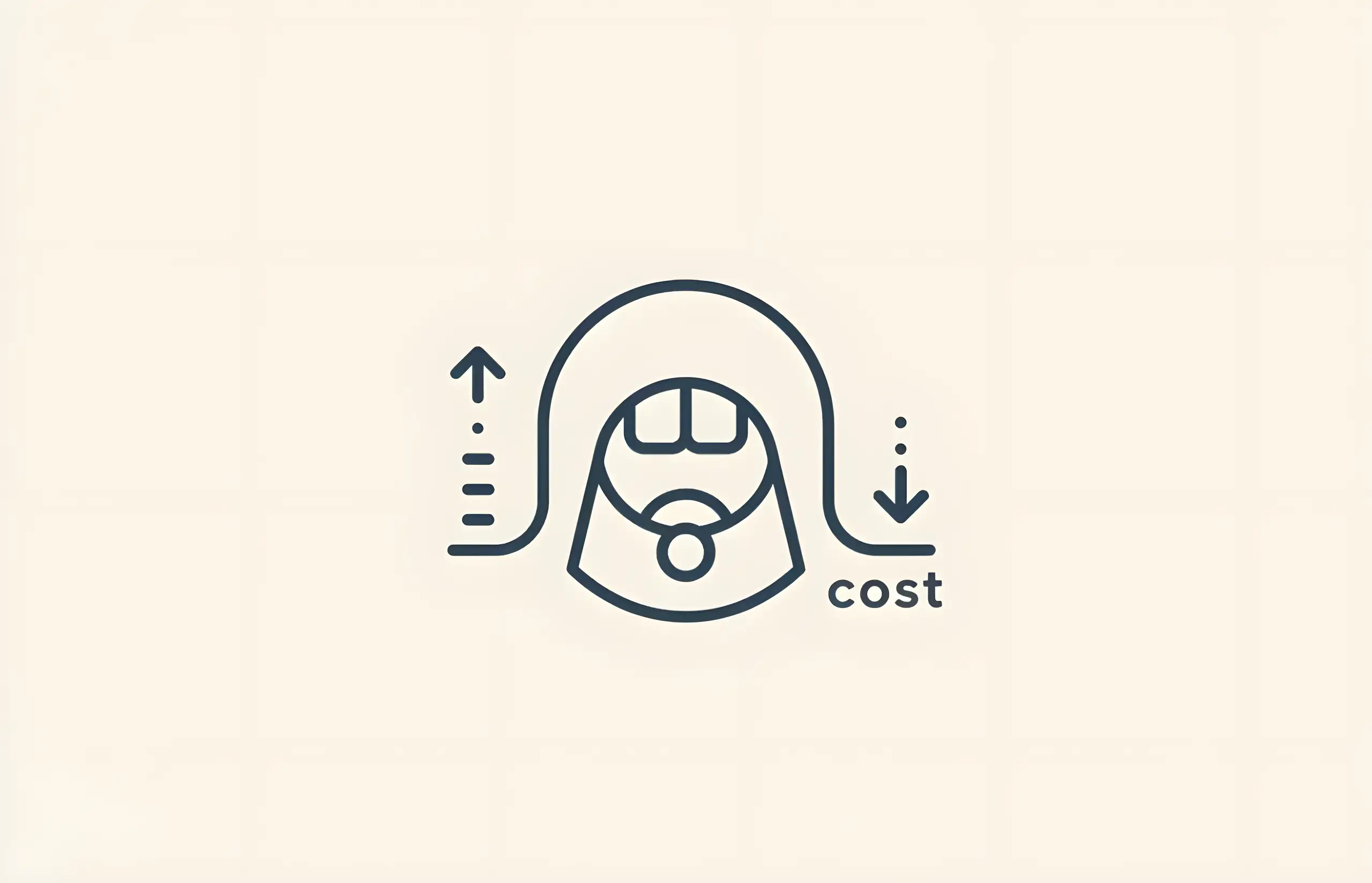
How Much Does Teeth Cleaning Cost?
Comprehensive guide to teeth cleaning costs in the UK, NHS pricing bands, scale and polish procedures, dental hygiene benefits, and professional teeth cleaning information

How Much Does A Tooth Extraction Cost?
Understanding the costs, procedures, and benefits of tooth extraction in the UK
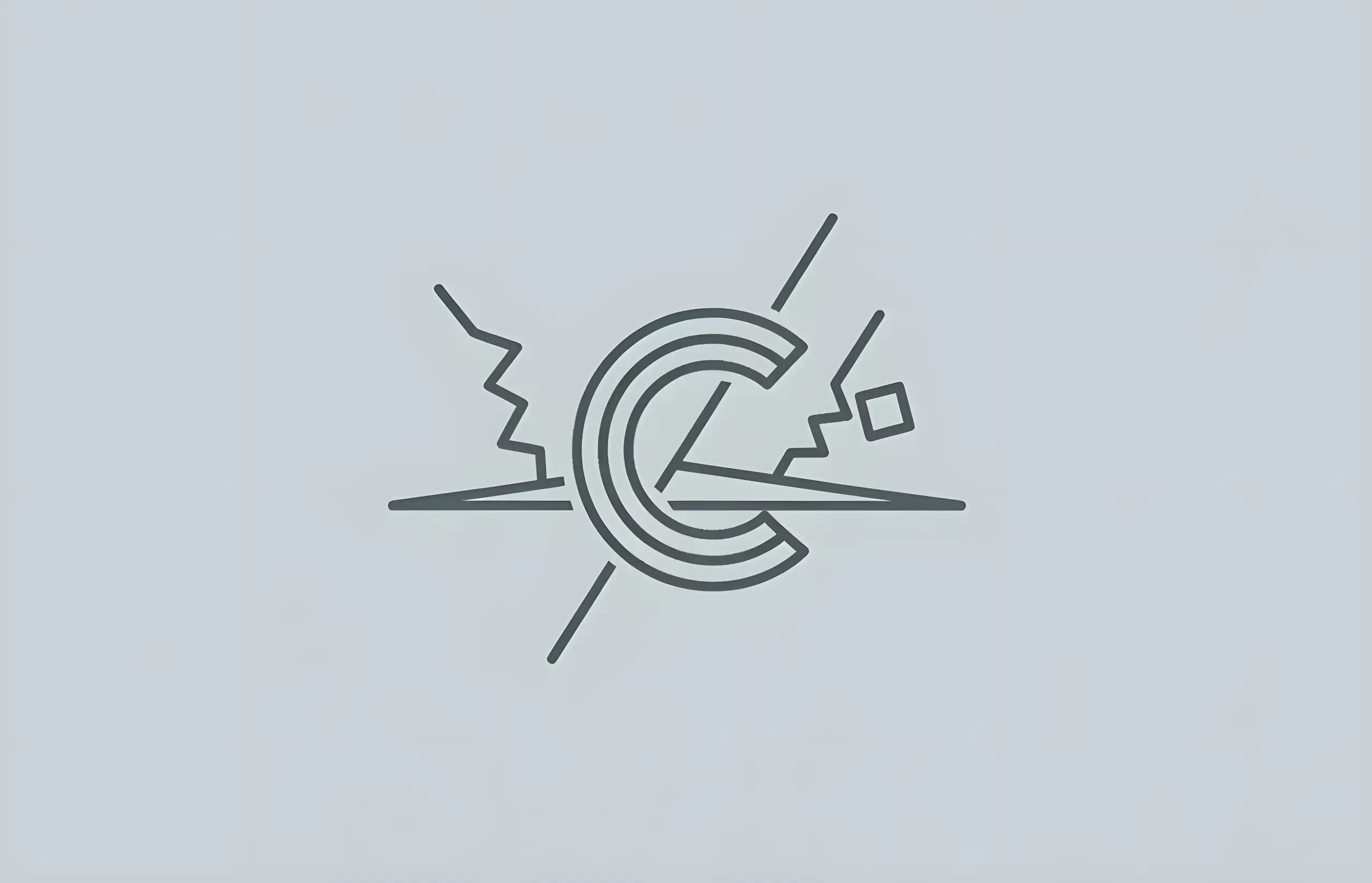
What Causes Crooked Teeth?
Understanding the genetic, environmental, and developmental factors that lead to misaligned teeth and available treatment options
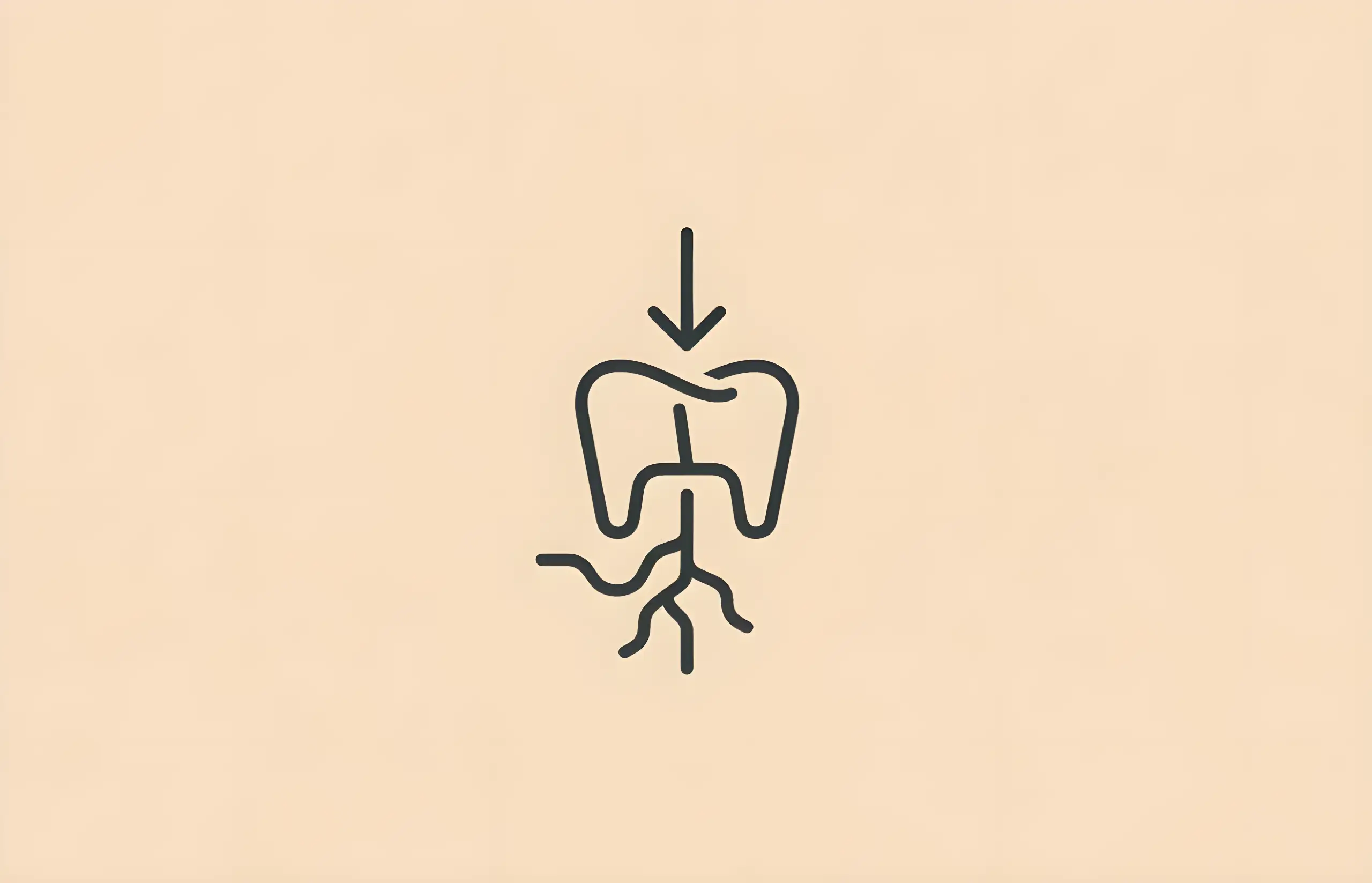
What Causes Teeth to Shift in Adults?
Understanding age-related tooth movement, poor habits, and treatment options to maintain dental alignment in adulthood
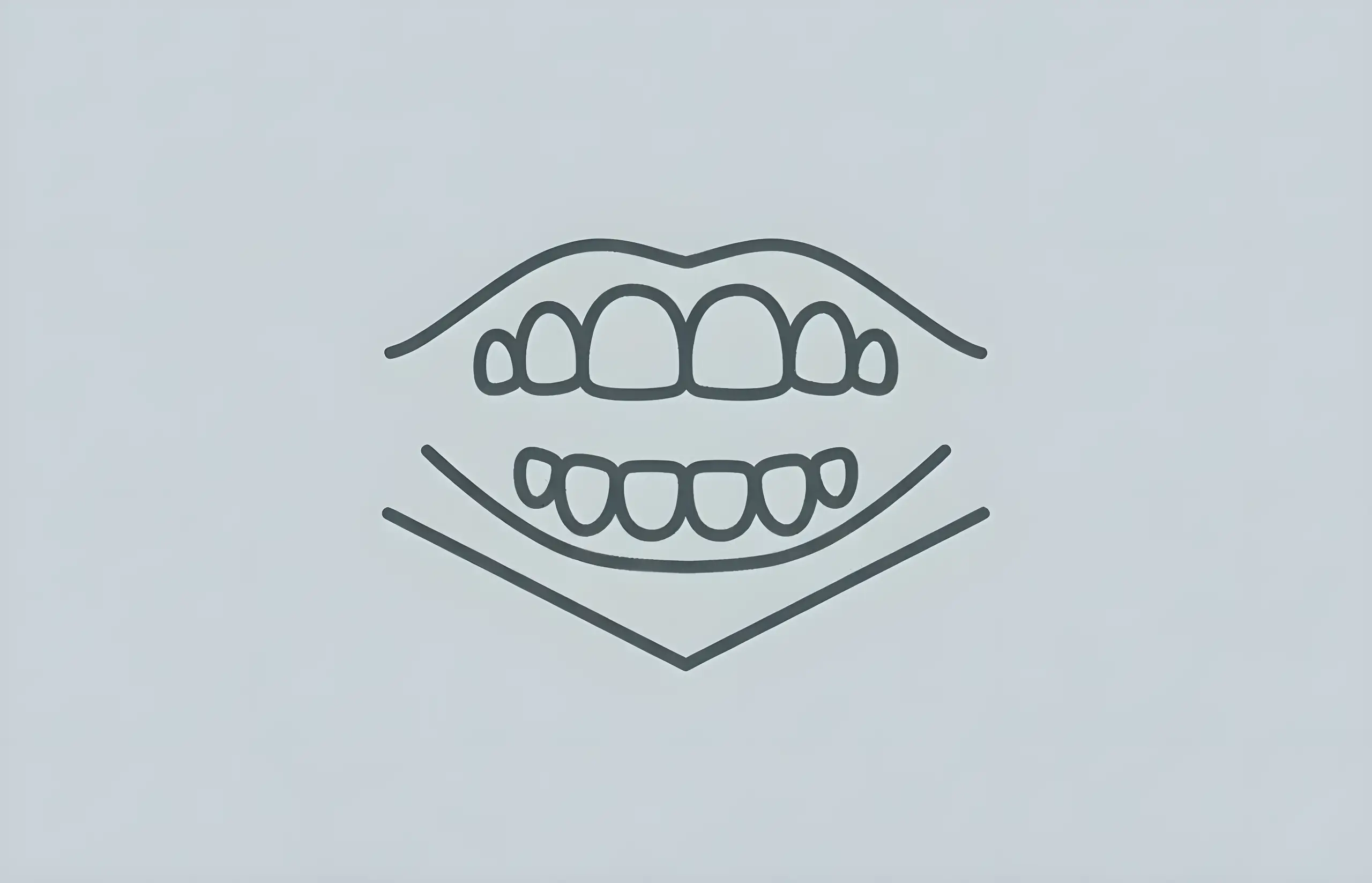
What Is An Open Bite?
Understanding anterior and posterior open bite malocclusion including causes, treatment options from braces to surgery, and functional impacts on speech and eating
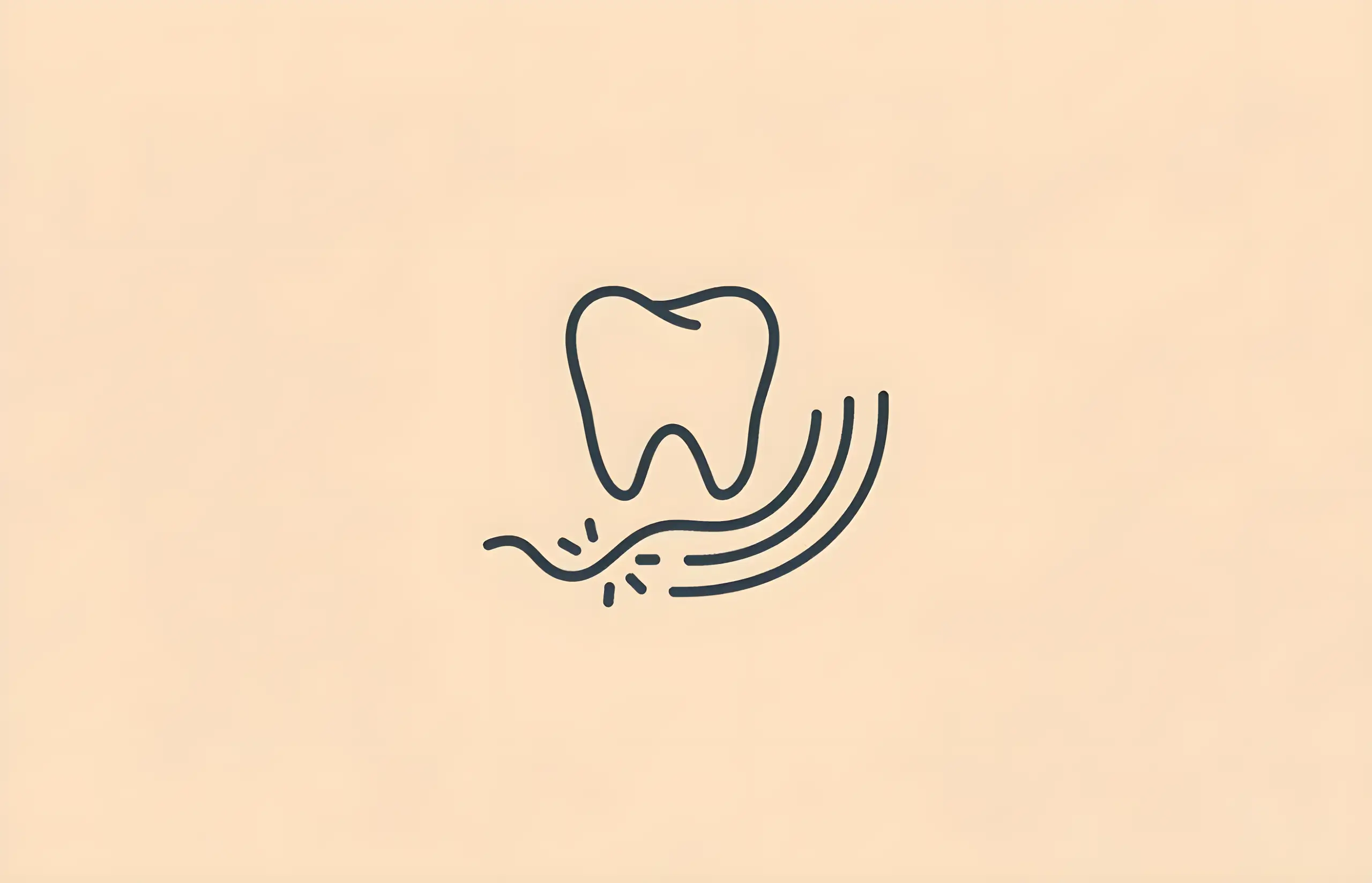
What Is Gingivitis?
Comprehensive guide to gingivitis, a common gum disease affecting 50-90% of adults, including causes, symptoms (bleeding, swelling, bad breath), treatment with scaling, and prevention through proper oral hygiene
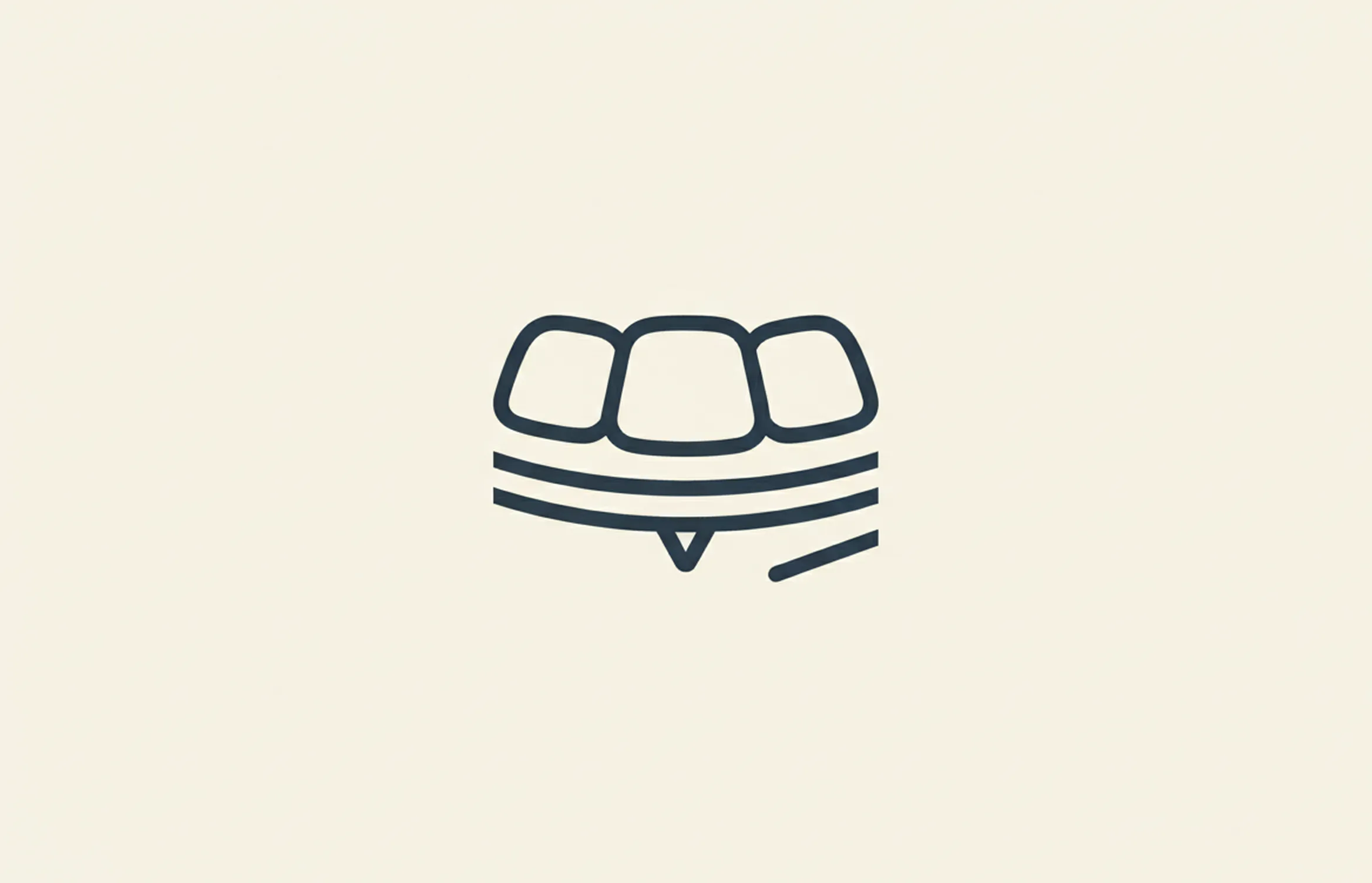
What Is Teeth Contouring?
Understanding dental contouring (enameloplasty) - a quick cosmetic procedure to reshape teeth by removing enamel for a straighter, more polished smile
About The Dental Guide
The Dental Guide is a trusted online resource providing evidence-based information about dental health, treatments, and procedures. Our content is created and reviewed by qualified dental professionals to help you make informed decisions about your oral health.
Our Mission
- Evidence-based dental information
- Expert-reviewed content
- Clear, accessible explanations
- Latest treatment options
- Patient-focused guidance
Editorial Standards
- GDC-registered dental professionals
- Peer-reviewed sources
- Regular content updates
- Medical accuracy verification
- Transparent authorship
Important Notice
The information on The Dental Guide is for educational purposes only and should not replace professional dental advice. Always consult with a qualified dentist for diagnosis and treatment recommendations tailored to your individual needs and circumstances.
Medically Reviewed
Reviewed by Dr. Nasim Mechoui , BDS (Bristol)
Share this article
Comments & Discussion
Have questions about dental implants? Share your thoughts or experiences.
